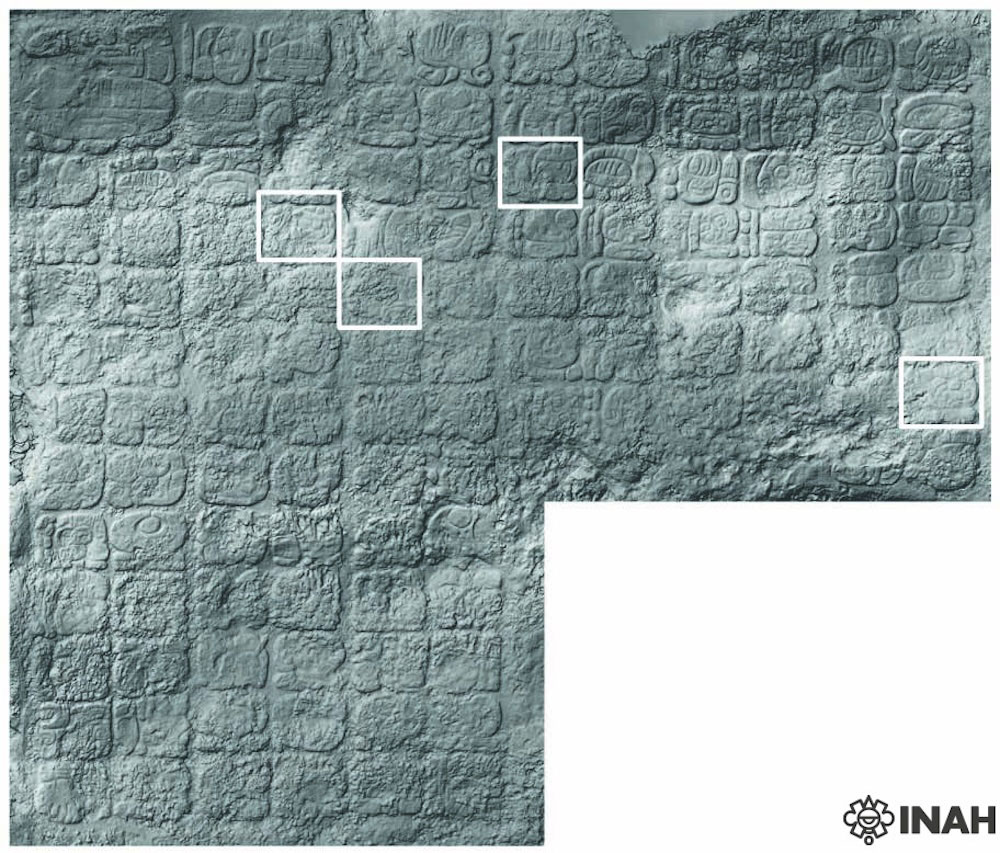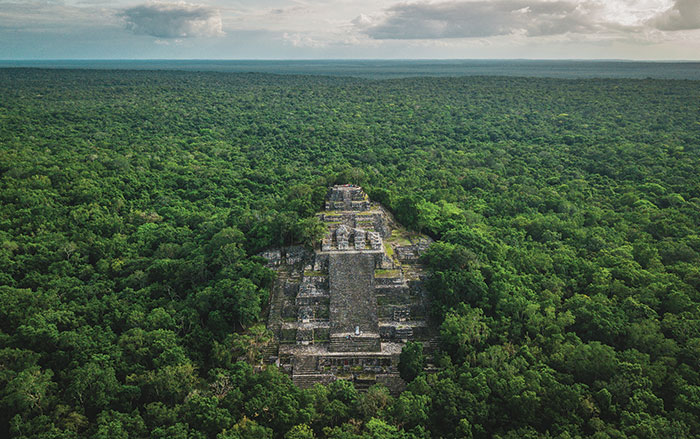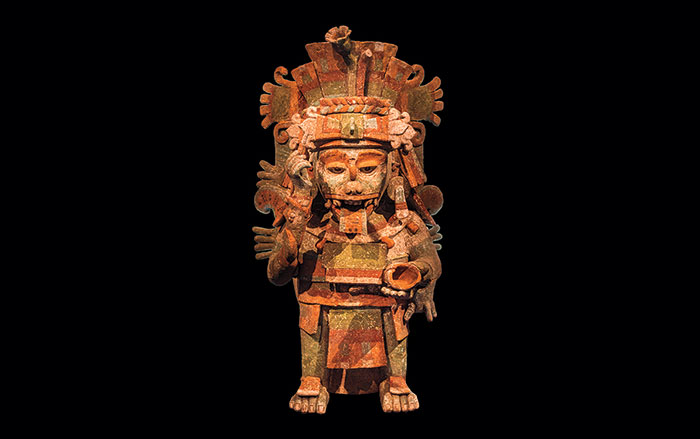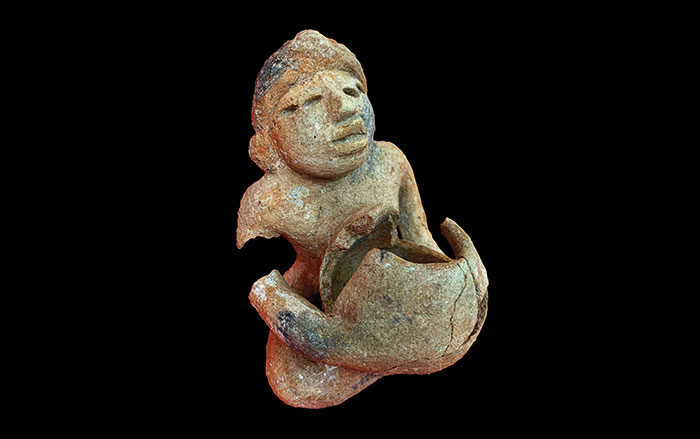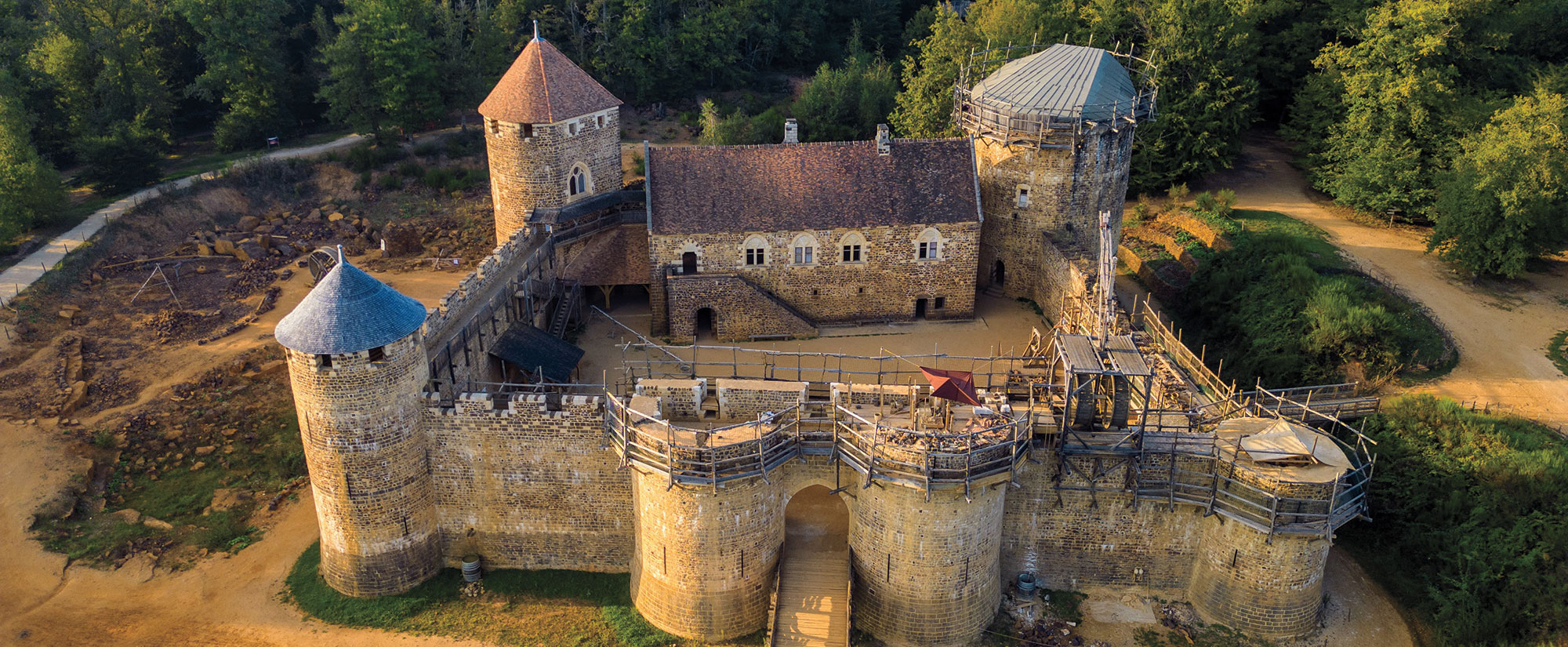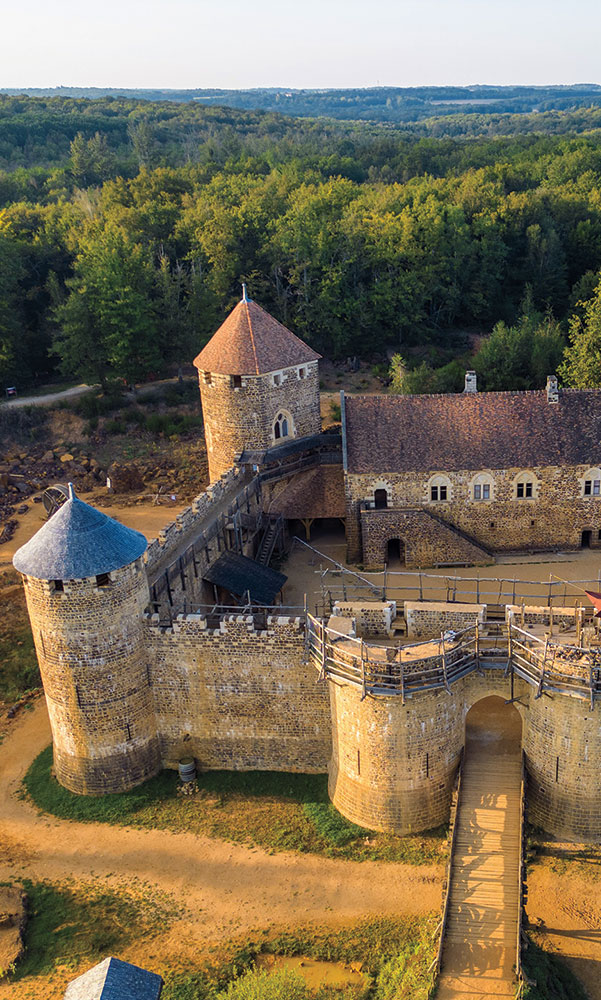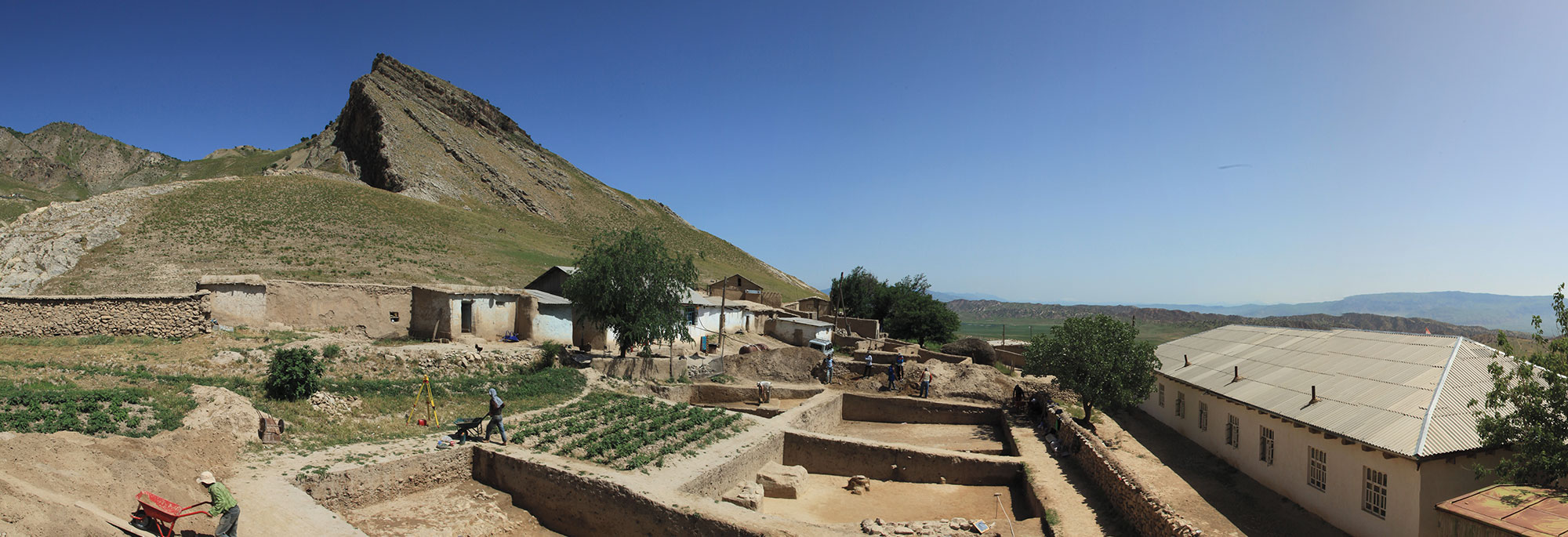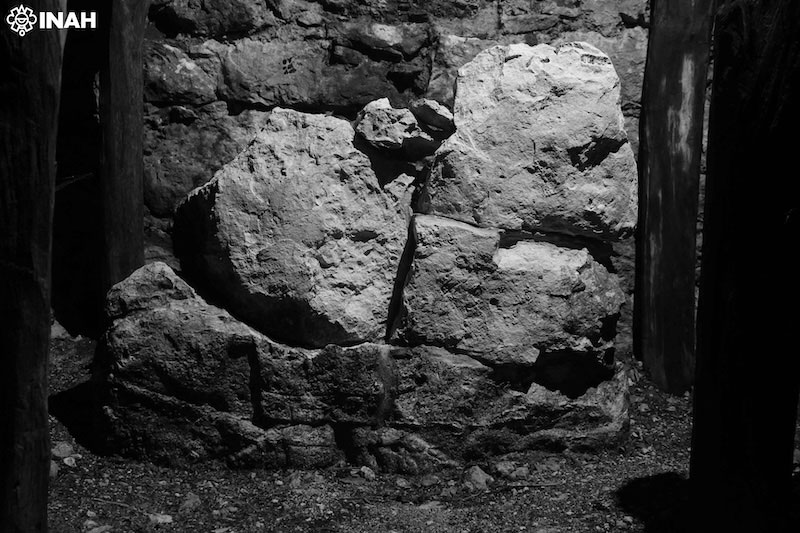
MEXICO CITY, MEXICO—According to a Live Science report, the name of a previously unknown Maya queen has been deciphered from an inscription discovered last year on a staircase at Cobá, an urban center on Mexico’s Yucatán Peninsula that was occupied from about 350 B.C. into the fourteenth century. Researchers from Mexico’s National Institute of Anthropology and History (INAH) named the staircase Foundation Rock. Although its 123 hieroglyphic panels have been damaged by erosion, David Stuart of the University of Texas at Austin and Octavio Esparza Olguín of the National Autonomous University of Mexico were able to match one of the Foundation Rock panels with inscriptions on two steles in the city. The three sources all refer to the Maya queen Ix Ch’ak Ch’een, who ruled Cobá in the sixth century A.D., and the Foundation Rock text mentions her coronation. Her name is also associated in one of the texts with a ball court noted to have been built around December 8, A.D. 573. For more, go to "Around the World: Mexico."


